Should you use IaaS or SaaS for a Redshift project?
IaaS and SaaS are the two most popular render farm models today. These two models operate in entirely different ways and are suitable for specific render farm requirements. So, should you use IaaS or SaaS for your Redshift project? Let’s explore the details with VFXRendering in this article!
Redshift was first created by Redshift Rendering Technologies by 3 authors Nicolas Burtnyk, Panagiotis Zompolas, Rob Slater in 2014. In 2019, Maxon – the developer of Cinema 4D, acquired Redshift. During these years, it has proven to be one of the best GPU-accelerated renderers on the market, and continues to become a choice for many creative individuals and studios of every size. You can use Redshift on Windows, macOS or Linux operating systems.
3D software that you can use with Redshift are plentiful, such as Cinema 4D, Houdini, Maya, 3ds max, Blender, Katana, Vectorworks and Archicad.
Table of Contents
Why use a render farm for Redshift?
Render farm is a group of networked computers, used for rendering images, and animations.
Redshift is a 3D renderer with GPU acceleration, so the more GPU you have or the stronger GPU you have, the faster you can render. However, it’s not easy and very costly now to own a rig like that. Moreover, extra fees to run a rig could be expensive with costs for electricity, cooling, maintenance, etc. Therefore, render farms exist to help you access high-performance computer systems and render your jobs at a much faster speed.
Should you use IaaS or SaaS for a Redshift project?
There are two types of render farms – SaaS and IaaS. We have introduced them to you in our series of overview of render farms. In the remainder of the article, let’s explain in detail how it works with a Redshift project. We will use Redshift with Cinema 4D.
IaaS workflow
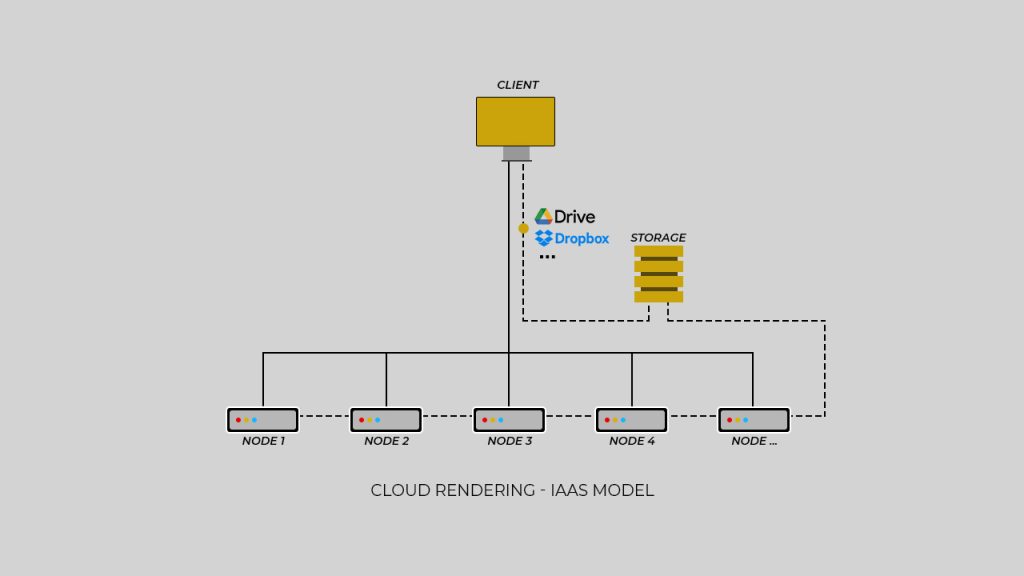
The IaaS will enable you to control your rendering. You can edit your file whenever you want, and render it when you think it’s okay. Now we will show you how it actually works.
You have a project on Cinema 4D and Redshift, your materials, your assets, and your plugins (for example X-particles). Now you pack them and send them to the IaaS farm provider. It can be done through their transferring app, or through the internet (like you upload your files to Dropbox, Wetransfer, etc.).
Now when the transferring stage is done, you can access the IaaS render farm. You can select a node with multiple GPUs (Redshift works perfectly with multiple GPUs), and when you connect to their node, you can control your work.
You can access the internet on their node and download your data. IaaS farm needs you to set up your software and data, and also your own license. Then work there as you work on your own workstation.
After you finish your work, it’s time to transfer the result to your own machine. You can use their transferring app, or through the internet again.
This is like you have a dedicated machine for your big Redshift project only, where you can do the heavy and complicated pipeline. It’s very effective if you have many plugins or add-ons involved. Another big bonus is that it has one CPU for each node, so you only need to load your scene once.
One thing about IaaS that we don’t know if it suits you or not, is you need to set up your pipeline on their node. Normally, after you install your data and software, an IaaS farm will save them for the next time. Therefore you only need to install them for the first time using their node. If you find that process too time-consuming, it’s not suitable for you. If you think that it’s okay, IaaS could be your choice.
Take iRender for example the IaaS render farm (you can comment on this information about other IaaS render farms so that we know). They allow you to set up your pipeline on their node, and save it there for the next use. They also have a bonus of 20% for new users, you can use the bonus for setting up your work.
The only flaw we find is that you need to add your license, which means you cannot work on your own machine if you do not have an extra license.
SaaS workflow
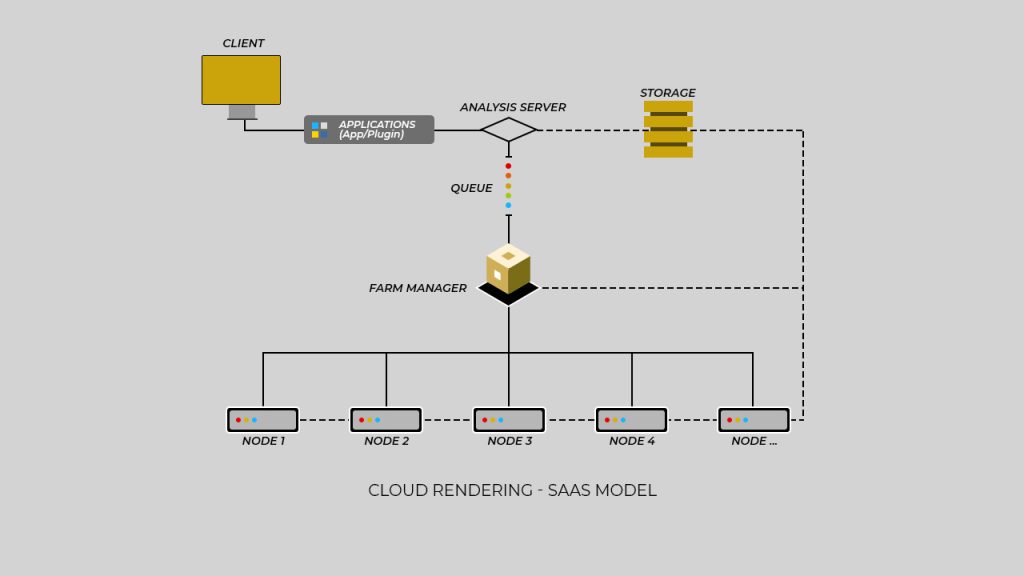
SaaS is easier to work with. SaaS render farms often have a plugin so that you can submit your project through it. And after that, their farm will take over the job to render it. To explain in detail, you send them your project through their plugin, they put it into their analysis server to analyze if you lack anything, or if they support your plugins.
In this case, we take Cinema 4D and Redshift, which is a common choice and is supported by many SaaS render farms. If you don’t lack anything, they will proceed you to the queue list to wait. Now your job is done, it’s their job to render the project, and you cannot interfere.
When it’s your turn, they will distribute your project to many render nodes. Let’s take the best scenario, where all the nodes have the same specifications. Now, each of their nodes will load your scene and render one part of the project for you. After it’s done, they send the results to you.
The great thing about this SaaS render farm is that you don’t need to install your Cinema 4D and Redshift again, you don’t need to transfer your license. So you can save your license on your own machine to work on other projects.
This SaaS render farm, however, has some problems. Because they can only support some of the software or plugins, there are cases where they cannot render your project if your app is not in their list. Cinema 4D and Redshift are famous, but if you use Blender, Vectorworks, or Archicad, it’s a different story. Those software are not common choices for Redshift, there is a chance you cannot find support for them. For example, when we use C4D, and Redshift with the Trypogen plugin, we cannot find any render farm for it (because Trypogen is an uncommon plugin).
When you look into the workflow of the SaaS render farm, you can see that the Farm manager and the Online storage (NAS) will distribute your Redshift project to many nodes. At the first glance, it’s easy like this. However, the thing is each node, although they only render their parts, they still need to load the whole project from Online storage (NAS). This loading process will slow down your render time if the node is not strong enough or the project is too big.
This leads to a question: how can you determine if a project is a big one? Based on our experience with many SaaS render farms, a project that cannot be loaded on 128GB RAM is not suitable for a SaaS farm. Most render farms we used before only have 128GB RAM. If you want to find other farms that can serve you more RAM, we can take the example of Garage farm. Their high-priority CPU node could provide you 240GB RAM.
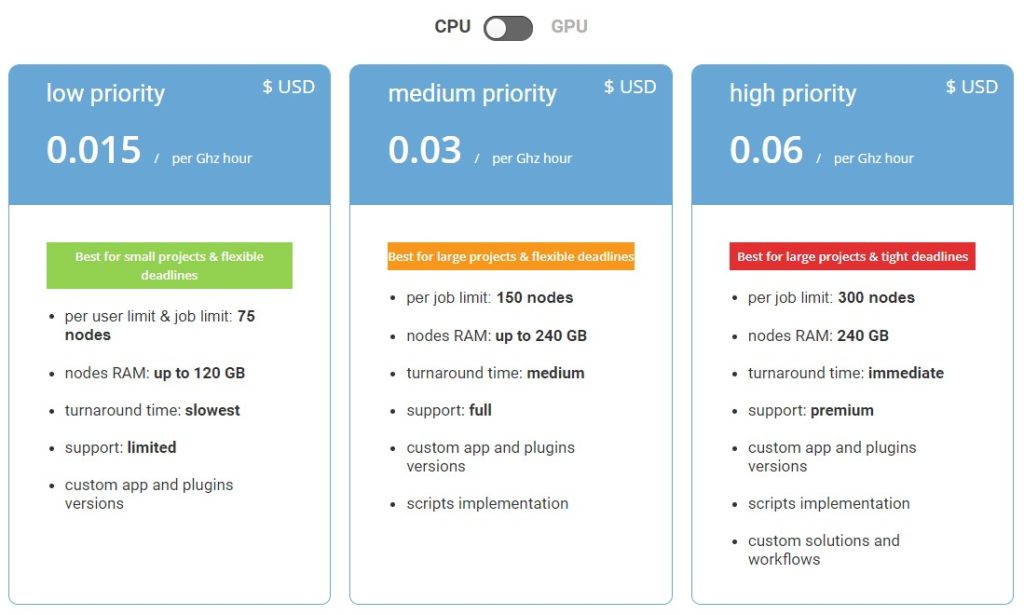
When should you use IaaS or SaaS render farms for Redshift projects?
We have tested many render farms, and what we have concluded is that IaaS is better with big Redshift projects. The reason is that you have many plugins or simulations related if your project is big, which leads to a complicated pipeline and sometimes a long loading time. Using IaaS will allow you to install your pipeline, making sure everything is included and works before actually starting rendering. Besides, IaaS render farms that can provide multiple GPUs and one CPU in a node will lead to the fact that you only need to load your scene once. It’s better than wasting your time loading your scene many times.
The SaaS render farm is better with small and simple Redshift projects, where you: 1) can find the common plugins, 2) have low loading time, and 3) don’t need to install your program and add your license.
There is one case where SaaS is better than IaaS, which is CPU rendering. Because while IaaS can only provide you with a node with one CPU, SaaS can enable you to access more than that. If you use other rendering engines like V-Ray, Corona, Renderman, or even Redshift CPU, it’s better to use SaaS render farms.
Wrapped up
Redshift is unquestionably famous, a render engine that is supported by many render farms, both IaaS and SaaS platforms. When you choose a render farm for your Redshift project, consider some factors:
- Is it big and complicated or small and simple? If it’s big and complicated, go for an IaaS render farm. If it’s small and simple, go for a SaaS render farm.
- Does it contain many plugins or unpopular programs? if it does, IaaS all the way. If it doesn’t, SaaS all the way.
- Do you render in CPU or GPU? SaaS for CPU and IaaS for GPU.
- Do you feel comfortable with setting up your pipeline and license on another machine or not? Do you want to control your work and rendering or not? If yes, IaaS is your answer. If not, SaaS is your answer.
We hope that this article will help you in determining your best render farm platform when it comes to Redshift projects.
See more: SaaS vs IaaS Render Farm: Which is better for large-scale projects?



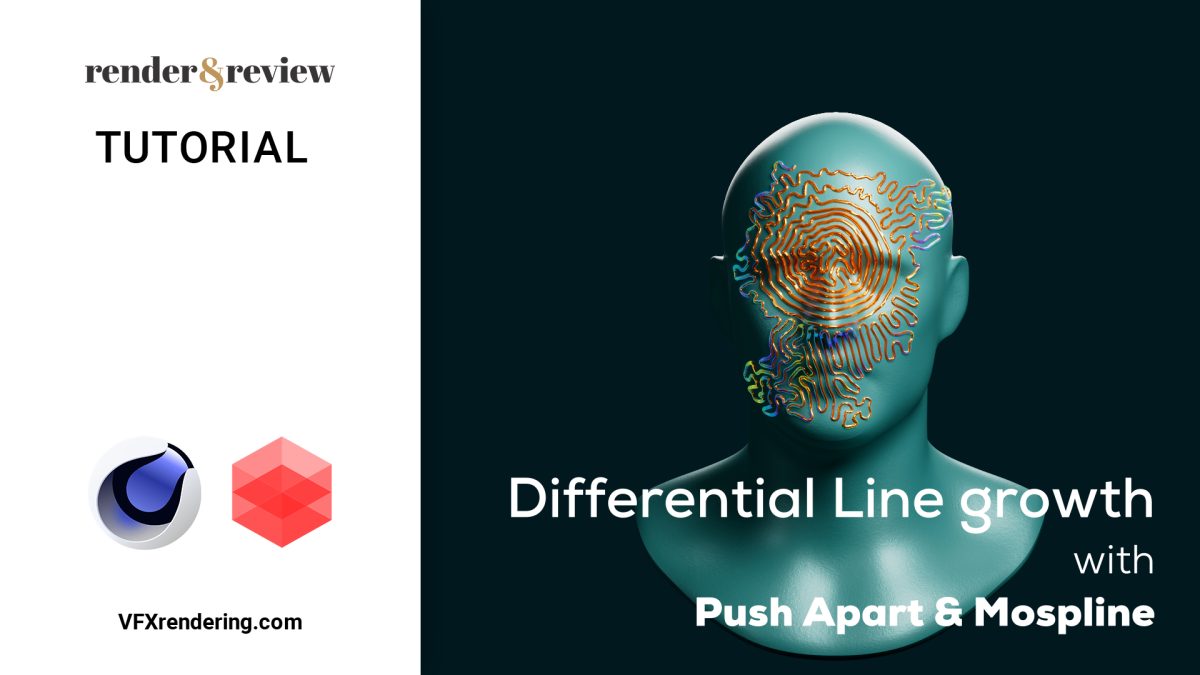
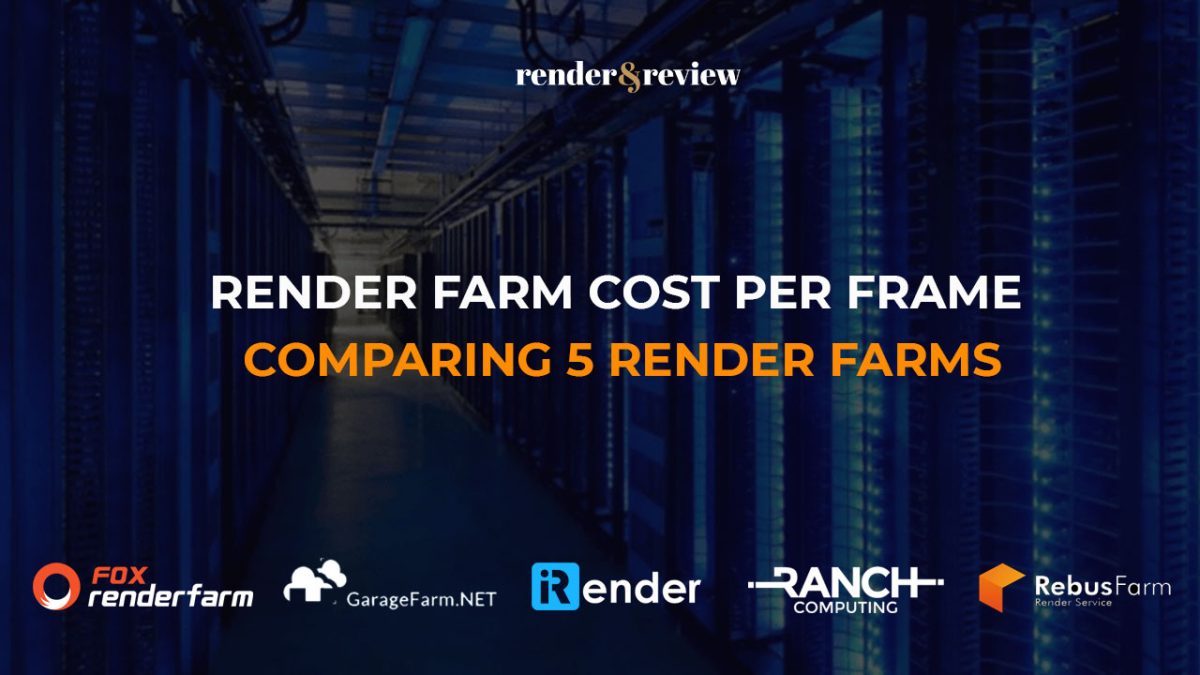
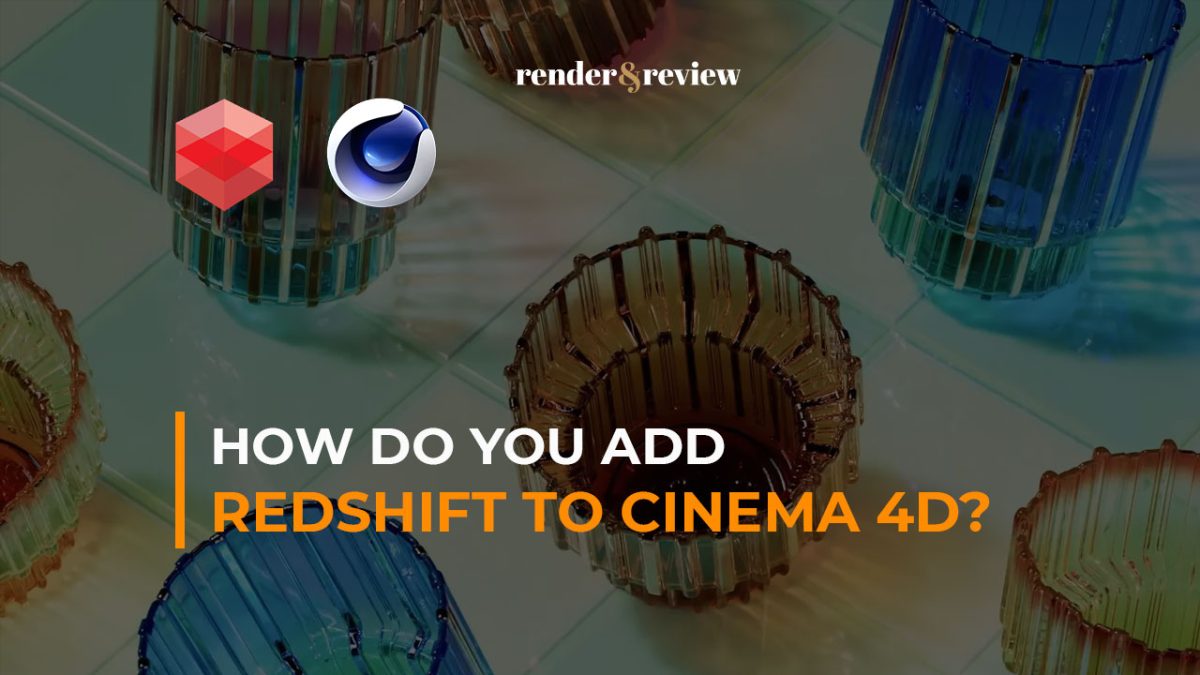
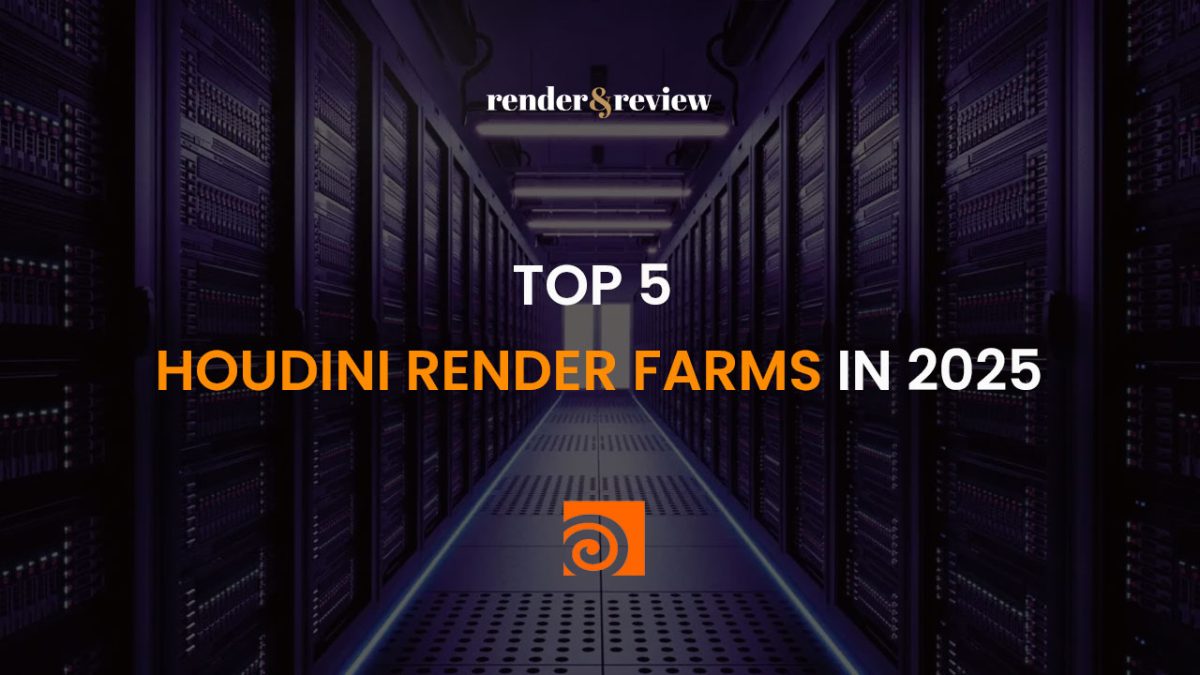
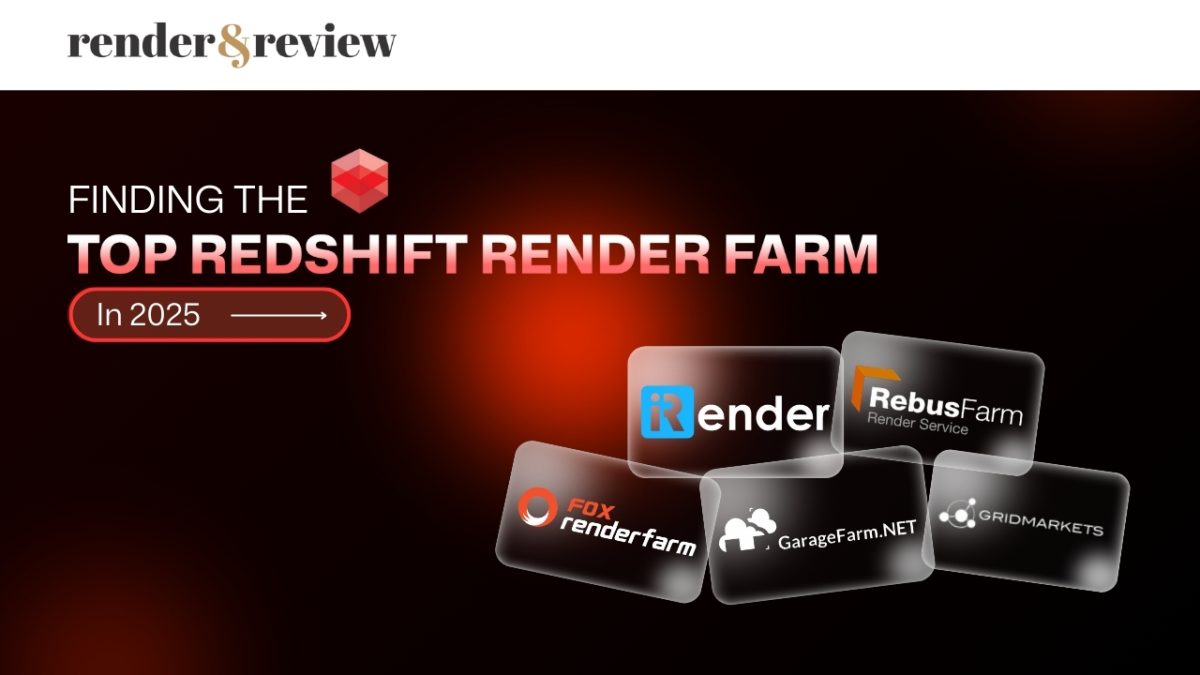
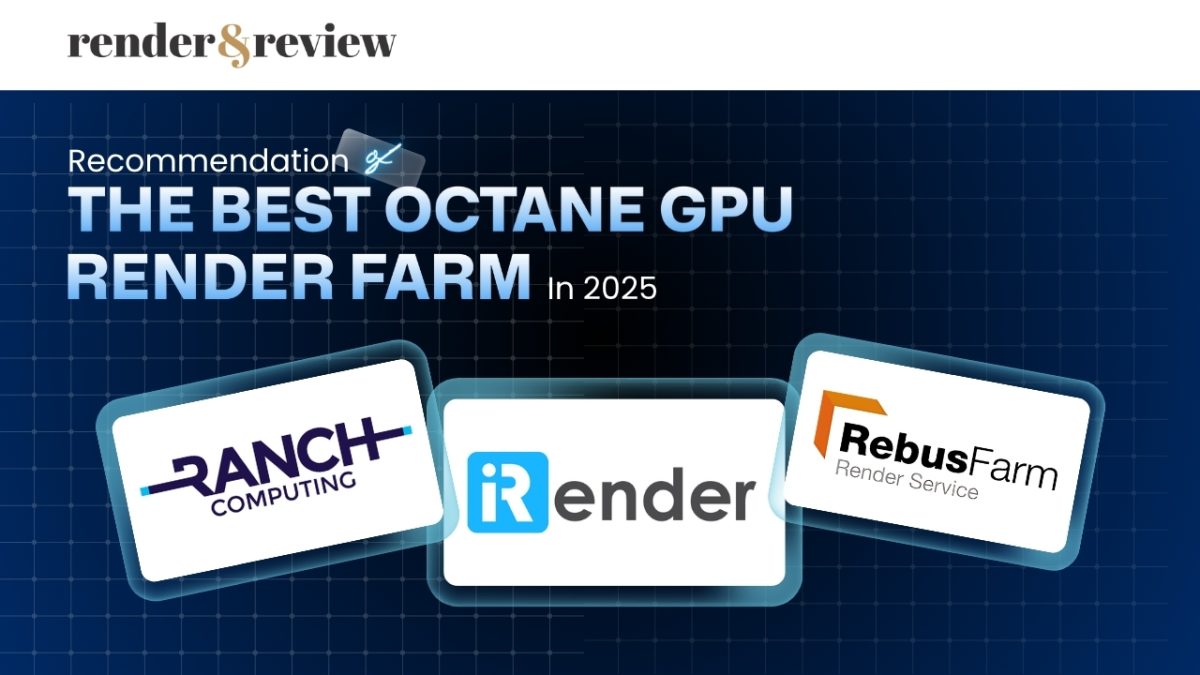
No comments